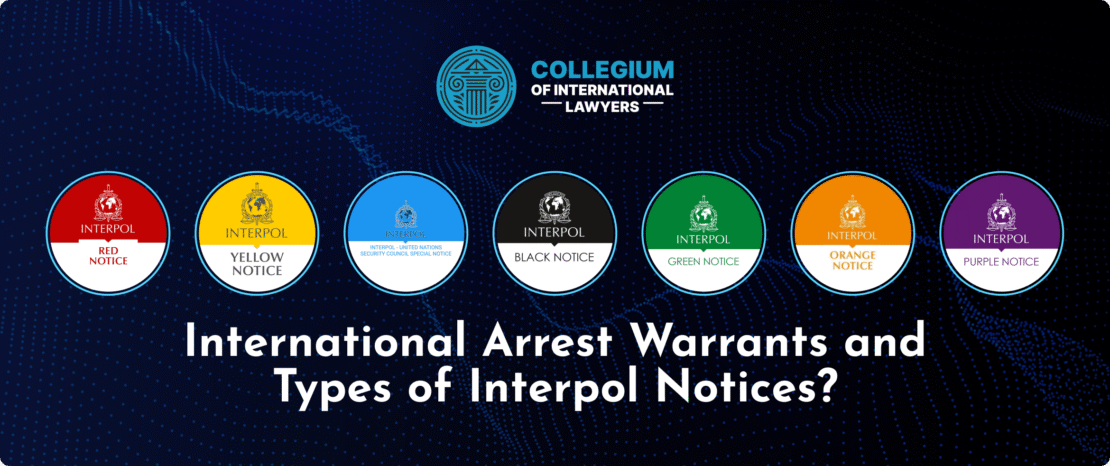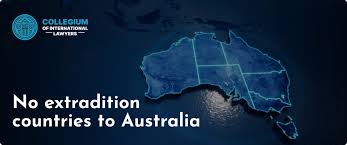- October 8, 2025
- Posted by: zerotoone
- Category: extradition

The Rise of the Russian Mafia: A Historical Overview
The phenomenon of organized crime has always cast a shadow over societies, but few are as notorious as the Russian mafia. The emergence of this criminal organization dates back to the turbulent years of the Russian Empire and has since evolved into a powerful network that spans across the globe. Understanding the rise of the Russian mafia requires examining its historical context, key figures, and the political landscape that allowed it to thrive. For an in-depth look at its emergence and growth, you can refer to this article: rise of the Russian mafia brewminate.com/bratva-the-emergence-and-growth-of-the-russian-mafia/.
The roots of the Russian mafia can be traced back to the late 19th century, during a period marked by social upheaval and a growing discontent with the ruling class. The progression of industrialization brought about significant economic changes, leading to the establishment of various criminal groups that capitalized on the vulnerabilities of society. These groups, often referred to as “thieves in law,” operated under a strict code of ethics and laid the groundwork for what would become the Russian mafia.
The Bolshevik Revolution of 1917 served as a turning point for the criminal underground. The collapse of the traditional government structure created a power vacuum that various factions, including the mafia, sought to exploit. The early Soviet years were characterized by significant state repression, leading many criminals to operate in the shadows. Yet, this period also saw the mafia gaining influence within a state that often resorted to criminal elements to maintain order.
During the Stalin era, the government implemented drastic measures against organized crime, but such repression often backfired. As the state executed its political purges, many gangsters and criminals found themselves with an expanded network of opportunities. The prison system, known for its brutality, became a breeding ground for criminal leadership and ideologies. It was here, between prison walls, that the modern concept of the “Russian mafia” solidified.
The dissolution of the Soviet Union in 1991 marked another pivotal moment in the history of the Russian mafia. The chaotic transition from a state-controlled economy to a market-based system resulted in widespread corruption, economic instability, and social dislocation. Amid this turmoil, various mafia groups capitalized on the chaos, engaging in racketeering, extortion, and more. “The Criminal Revolution,” as it was sometimes called, saw the rise of powerful families and clans, solidifying their grip on various sectors of the economy.
Various factions emerged, including the Solntsevskaya Bratva, the Tambov Gang, and others, each vying for dominance in a highly competitive and dangerous environment. These groups often operated with a network of informants and corrupt officials, further intertwining crime and politics in Russia. The mafia infiltrated legitimate business sectors, using intimidation and violence to eliminate competition and expand their influence.

Internationally, the Russian mafia began to spread its operations across borders. The collapse of the Soviet Union opened up new markets and opportunities. As former Soviet republics gained independence, many mafia groups began to operate in these new jurisdictions, infiltrating local economies and political structures. They also forged alliances with other criminal organizations worldwide, including Italian and Latin American cartels, further strengthening their global footprint.
By the 2000s, the Russian mafia had established itself as a formidable global presence. It engaged in various illegal activities, including arms trafficking, drug smuggling, human trafficking, and cybercrime. The scope of operations was no longer limited to Russia; the mafia had become a key player in the global organized crime landscape. Law enforcement agencies around the world began to take notice, recognizing the threat posed by these well-organized networks.
The influence of the Russian mafia also extended into political realms. Allegations of collusion between mafia leaders and government officials became increasingly common, prompting public outcry and calls for reform. The appearance of oligarchs—wealthy businessmen often linked to the mafia—further blurred the lines between legitimate commerce and organized crime. This relationship raised serious concerns about the rule of law in Russia and the extent of corruption.
Throughout its history, the Russian mafia has also been marked by violence. Disputes between rival factions have often resulted in brutal confrontations, leading to a culture of fear that persists to this day. Contract killings and assassinations have been employed to settle scores or eliminate threats, drawing the attention of law enforcement and international communities. Yet, despite these efforts, significant challenges remain in dismantling these organized networks.
In recent years, the rise of digital technology has introduced new avenues for criminal activity. Cybercrime, in particular, has become a significant aspect of the Russian mafia’s operations, with sophisticated hacking and fraud schemes gaining prominence. This adaptation to modern challenges demonstrates the resilience and evolution of the mafia in the face of changing technological landscapes.
Today, as society continues to grapple with the legacy of organized crime, the Russian mafia remains a complex and multifaceted phenomenon. It embodies a blend of historical legacy, social dynamics, and contemporary challenges. The fight against organized crime will require not only law enforcement responses but also broader social, political, and economic reforms to address the root causes that allow such organizations to flourish.
In conclusion, the rise of the Russian mafia is a reflection of broader societal changes and challenges. From its inception in the shadows of the Russian Empire to its contemporary global enterprises, the mafia represents a complex interplay of crime, corruption, and culture. As we move forward, understanding its history will be crucial in combating its influence and fostering a society where the rule of law prevails.
